Michinari Hamaguchi, President of Japan Science and Technology Agency (STA) (previously President of Nagoya University)
keynote talk given at the 8th Ludwig Boltzmann Forum at the Embassy of Austria, Thursday 18 February 2016
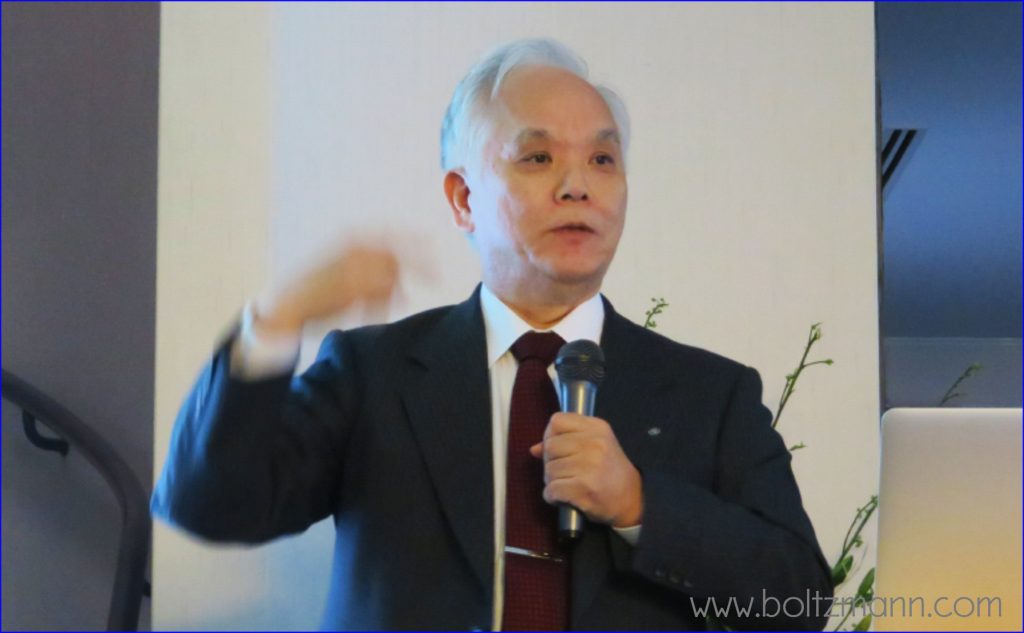
by Michinari Hamaguchi, President Japan Science and Technology Agency (STA), President emeritus of Nagoya University
summary written by Gerhard Fasol
About Nagoya (Professor Hamaguchi is emeritus President of Nagoya University)
Nagoya is an industrial powerhouse with more than 100 international enterprises based with their headquarters in Nagoya.
If Nagoya was a country, Nagoya would be ranked 20th globally in terms of GDP
Ranking countries by GDP (source World Economic Outlook Database April 2011):
- USA: US$ 14,685 billion
- China: US$ 5,878 billion
- Japan: US$ 5,459 billion
- Germany: US$ 3,316 billion
- …
- …
- …
- …
- …
- …
- …
- …
- …
- …
- …
- …
- …
- …
- Switzerland: US$ 524 billion
- Greater Nagoya region: US$ 491 billion
- Poland: US$ 469 billion
Nagoya hosts Toyota, and is also a center of Japan’s aerospace industry with Mitsubishi and Kawasaki. 35% of the Boeing 787 body are made in the Nagoya region.
Toyota’s hybrid technology was developed by Nagoya University alumni Mr Uchiyamada, who is currently Chairman of Toyota Motor Corporation.
Nagoya University
Nagoya University researchers and alumni are beginning to achieve a number of Nobel Prizes in recent years:
- 2001: Ryoji Noyori (Chemistry)
- 2008: Toshihide Maskawa (Physics)
- 2008: Makoto Kobayashi (Physics)
- 2008: Osamu Shimomura (Chemistry)
- 2014: Isamu Akasaki (Physics)
- 2014: Hiroshi Amano (Physics)
Nagoya University has a very interesting Academic Charter (名古屋大学学術憲章), which lays out the fundamental objectives and policies.
Nagoya University’s Academic Charter (名古屋大学学術憲章) emphasizes a free and vibrant academic culture (自由闊達な学風), the cultivation of courageous intellectuals endowed with powers of rational thought and creativity (論理的思考力と想像力に富んだ勇気ある知識人).
Interestingly the fundamental objectives emphasize international cooperation – with emphasis on Asian nations (とりわけアジア諸国と).
Nagoya University guarantees freedom of academic research (学問の自由) and aspires to be an accessible University ((開かれた大学).
Question 1: Can we foster a “brave heart” by education? (勇気は教育で生み出すことができるものか?)
Inspired by Nelson Mandela: courage is not the absence of fear, but the triumph over fear, conquering fear. Education is the most powerful weapon to change the world. (私は学んだ。勇気とは恐怖を知らない事ではなく、それに打ち勝つところにあるのだと。勇者とは怖れを知らない人間ではなく、怖れを克服する人間の事なのだと。)
We want to educate courageous individuals endowed with powers of rational thought and creativity. (論理的思考力と創造力に富んだ勇気ある知識人)
Question 2: Can we foster “innovative talent” by education? (イノベーティブな才能は教育で生み出すことができるものか?)
M. Reznikoff et al (Reznikoff, M., Domino, G., Bridges, C., & Honeyman, M. (1973). Creative abilities in identical and fraternal twins. Behavioral Genetics, 3, 365–377.) studied 117 pairs of twins and failed to identify a genetic component in creativity. It appears that we inherit general intelligence genetically, but not creativity.
Entrepreneurship on the other hand is not “natural”, not creative – it is work. Both entrepreneurship and innovation are hard work, can be learned and require effort.
see: Christensen “The Innovator’s DNA”, and Drucker “Innovation and Entrepreneurship”.
Intelligence and age: Fluid intelligence and crystallized intelligence
Psychologist Raymond Cattle (see also: “A Memorial to Raymond Bernard Cattle, 1905 – 1998“), later with his student John Horn, developed the theory of fluid and crystallized intelligence:
- Fluid intelligence (閃きの知性): is the ability to think an reason abstractly and to solve problems. Fluid intelligence is thought to be independent of learning, experience and education.
- Crystallized intelligence (結晶化する知性): comes from prior learning and past experience. Crystallized experience typically grows with age.
When we look at the age at which Nobel Prize winners have done their prize winning work, we see a broad distribution, with a peak around 35-39 years age, with outliers in the 20-24 years age group, and above 60 as well.
Mentors are important: at Nagoya University Nobel Prize Winner Osamu Akasaki has educated and influenced five more Nobel Prize Winners.
Question 3: Is there any culture (soil) that makes innovative talent to blossom out? (イノベーティブな才能を開花させる文化(土壌)は存在すか?)
Frans Johansson examined the “Medici Effect”, the explosion of creativity during the Italian Renaissance period: innovative ideas flourished at the intersection of diverse experiences.
Frans Johansson: The Medici Effect: What Elephants and Epidemics Can Teach Us About Innovation
The Medici Effect at Nagoya University:
We have equal partnerships to support innovative ideas and mentorships to encourage young talent’s independence.
Question 4: What is required for youth to be an innovator? (イノベーターになるには、何が必要か?)
Clayton Christensen identified 5 skills as the innovator’s DNA:
“The Innovator’s DNA: Mastering the Five Skills of Disruptive Innovators” by Clayton M. Christensen, Jeff Dyer, Hal Gregersen
Two common themes motivate innovators:
- Actively desire to change the status quo
- Regularly take smart risks to make that change happen
Question 5: How can we teach to take smart risks? (スマート・リスクをとる勇気はどうやったら教えることができるか?)
The answer I found is: “let them go abroad and experience diversity”.
The “Hamaguchi Plan” for Nagoya University: accelerating Nagoya University’s internationalization “名古屋大学からNagoya Universityへ”
The “Hamaguchi Plan” covers five areas:
- Cultivation of global leaders:
- Enrichment of liberal arts education
- Strengthening of global competitiveness through the Global 30 Program
- Re-Inventing Japan Project, and
- Programs for Leading Graduate Schools
- Promotion of world class research:
- Cultivation of internationally recognized young researchers
- Exploration of new frontiers through the utilization of cutting-edge facilities
- Organizational innovation:
- Development and expansion of the Graduate School of Pharmaceutical Sciences
- Reorganization of educational and research functions
- Collaboration with other universities
- Collaboration with and further contribution to local and regional communities:
- Collaboration with the “Knowledge Hub” Project and
- Promotion of community health systems
- Raising of Nagoya University Fund:
- 5 Billion yen (US$ 50 million) within 5 years for use toward scholarship and student support
You can download the Hamaguchi Plan for Nagoya University here in English.
Simple facts I found by the internationalization of Nagoya University:
- Surprisingly, most outbound students are women!
- Women are courageous intellectuals endowed with powers of rational thought and creativity
- Why?
UN HeForShe and 10x10x10 programs
Nagoya University initiates and takes part in many programs for and with women. Here two examples:
- HeForShe, see also: https://en.wikipedia.org/wiki/HeForShe
- IMPACT 10x10x10: 10 Governments x 10 companies x 10 Universities: Nagoya University is one of 10 “University Impact Champions”
Today’s conclusion
Ladies will rescue “the world at risk” and give us hope!
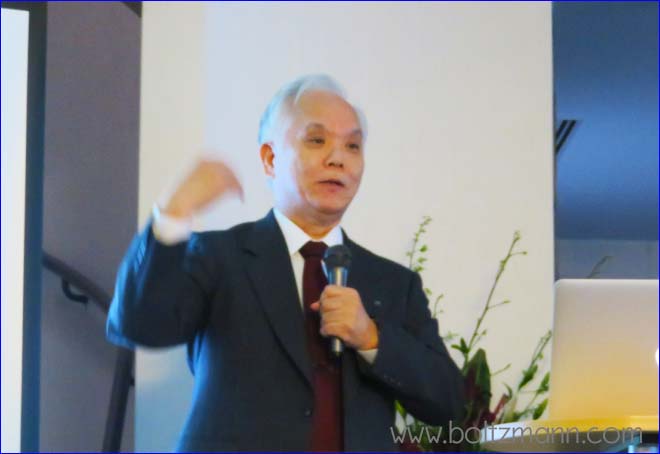

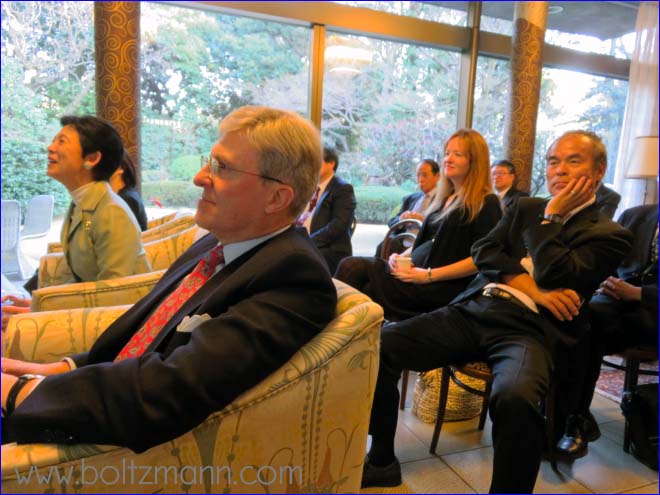
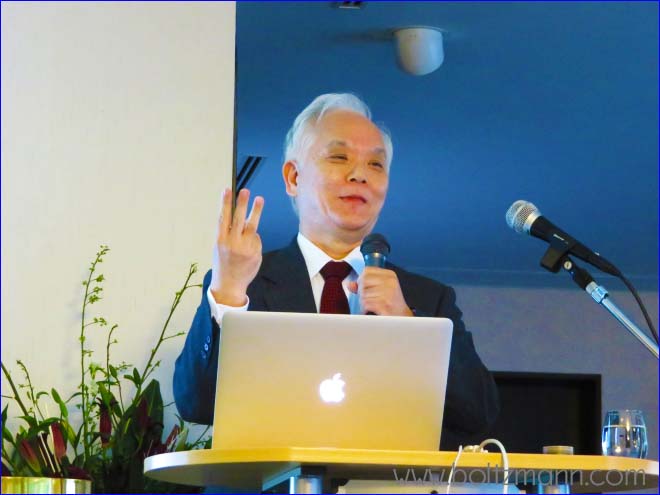
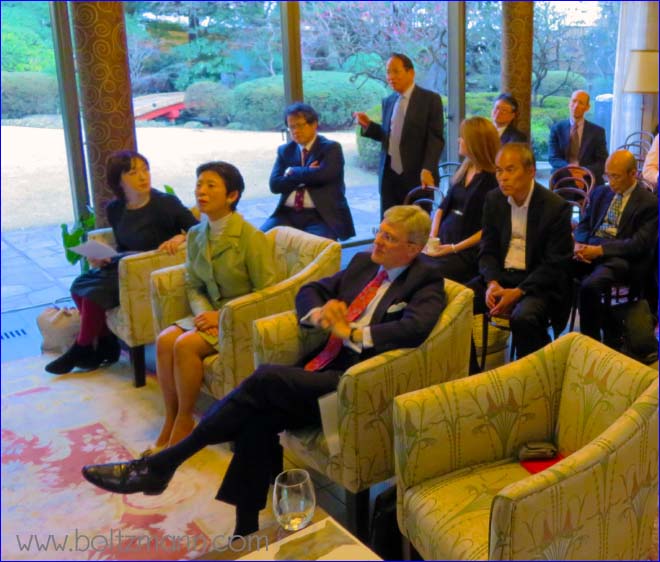
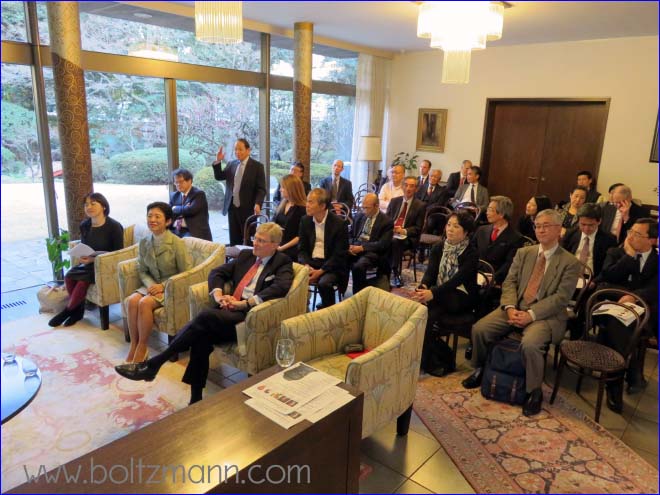
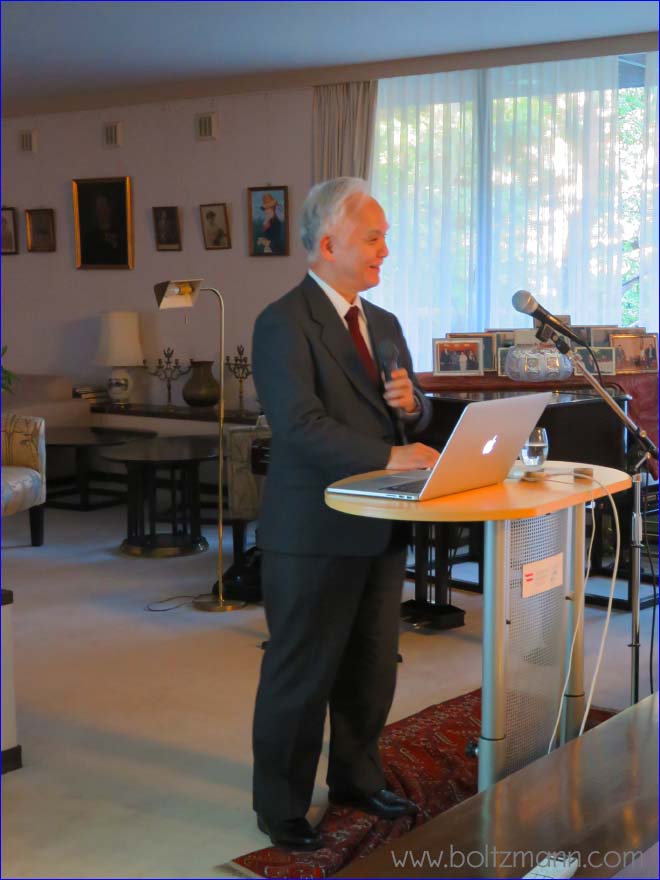
Copyright 2016 Eurotechnology Japan KK All Rights Reserved
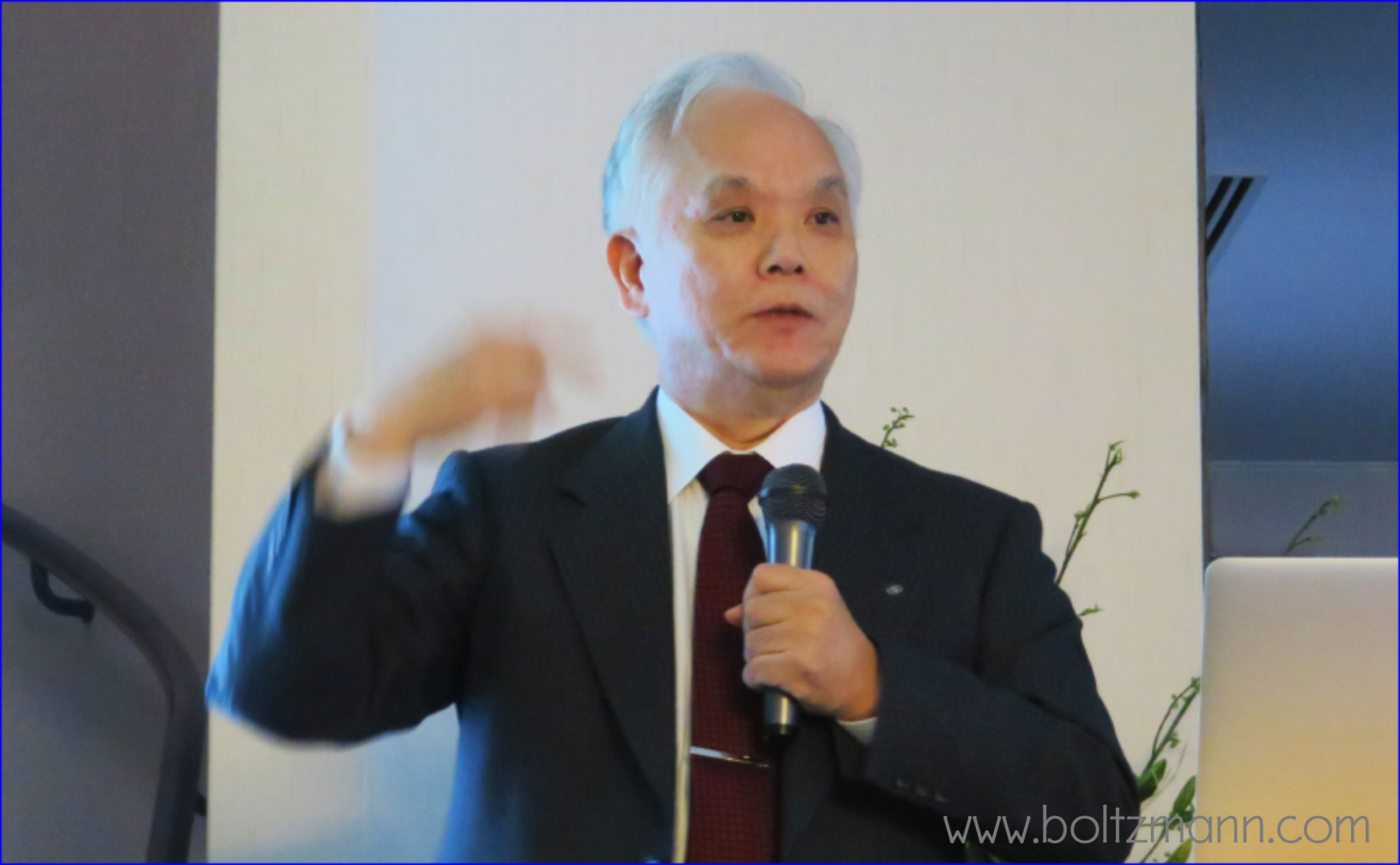
Leave a Reply